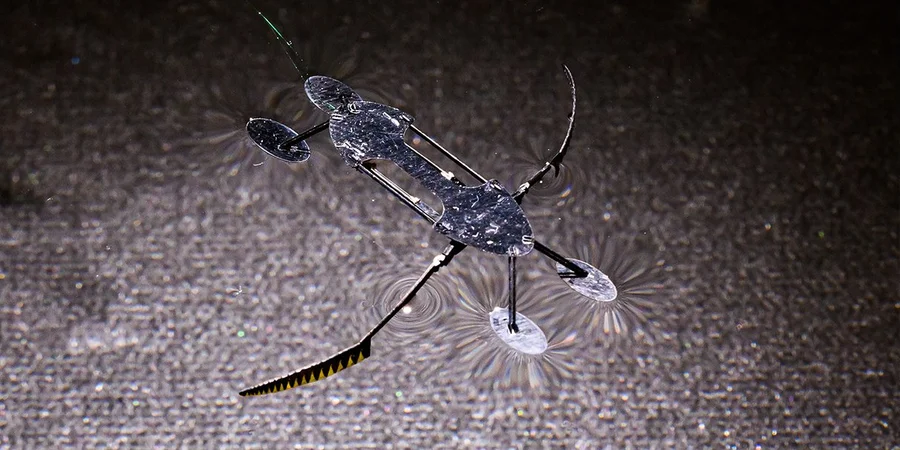
The smallest, lightest, and fastest: mini-robots modeled on insects have been created in the United States
Researchers from the University of Washington have presented two mini-robots inspired by insects. They became the smallest, lightest, and fastest fully functional robots in history.
Devices inspired by the beetle and the water meter can be used in a variety of fields, such as artificial crop pollination, search and rescue operations, environmental monitoring, micro-manufacturing, and robotic surgery.
The mini-bug weighs eight milligrams, and the water gauge weighs 55 milligrams, with both robots capable of reaching a speed of about six millimeters per second. These parameters make them several orders of magnitude faster and lighter than their predecessors.
The success of the new robots is based on unique tiny drives developed using a shape memory alloy. Weighing less than a milligram, these actuators are the smallest and fastest in the history of micro-robotics. The shape memory alloy allows them to change shape when heated and return to their original shape, making them incredibly durable.
The mini-robots can move using two tiny wires, capable of flapping their wings or moving their legs at a speed of up to 40 times per second. This technology also requires minimal electricity or heat to keep them moving, making them efficient and economical.
Conor Trigstad, a PhD student in the School of Mechanical and Materials Engineering, states that these mini-robots, despite their impressive characteristics, still lag behind their biological counterparts in nature. However, their speed and lightness open up new perspectives in robotics.
Scientists have already begun experiments using microbatteries and catalytic combustion to ensure the autonomy of these devices. If this research is successful, it will allow robots to function without an external power source.

